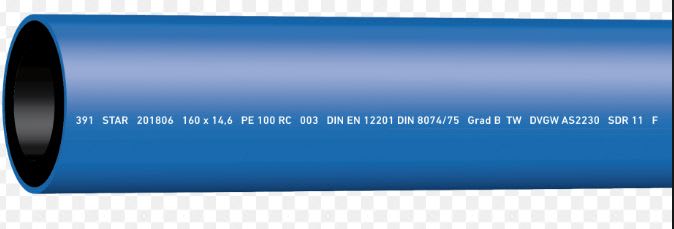Brent Boisvenue
Mining
We have just dug up a supply and return line feeding tailings from a mill to a hydraulic sandfill plant. Drawings indicated 20" steel rubber lined pipes, but after digging them up, we found they are actually HDPE. Of course, there is no documentation of the change from steel to HDPE. We need to tie into these lines as part of the plant upgrade, but we need to determine the thickness of the line to figure how to tie into it (preferably before we cut the flow and cut the lines). The line is still actively used.
We talked about using ultrasonic measurement, but we have nothing to use as a baseline to calibrate the instrument (we don't know what brand or specs for the HPE pipe). We figured we might be able to calibrate off of a known HDPE pipe spec and use it as an "estimate" to try and correlate the measurement to a nominal thickness. This would only produce an estimate, since we don't know the brand and; therefore, the density of the existing material. The other idea was to drill a small hole and physically measure the thickness, then tap and plug it (all while in service). Not sure about the latter.
Someone also suggested a bell and spigot connection for independence from the ID. However, I'm not sure that exists for 20" un-corrugated HDPE pipes.
Any recommendations?
We talked about using ultrasonic measurement, but we have nothing to use as a baseline to calibrate the instrument (we don't know what brand or specs for the HPE pipe). We figured we might be able to calibrate off of a known HDPE pipe spec and use it as an "estimate" to try and correlate the measurement to a nominal thickness. This would only produce an estimate, since we don't know the brand and; therefore, the density of the existing material. The other idea was to drill a small hole and physically measure the thickness, then tap and plug it (all while in service). Not sure about the latter.
Someone also suggested a bell and spigot connection for independence from the ID. However, I'm not sure that exists for 20" un-corrugated HDPE pipes.
Any recommendations?


![[tiphat] [tiphat] [tiphat]](/data/assets/smilies/tiphat.gif)